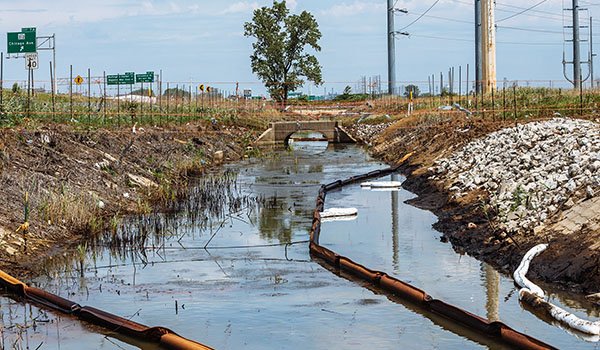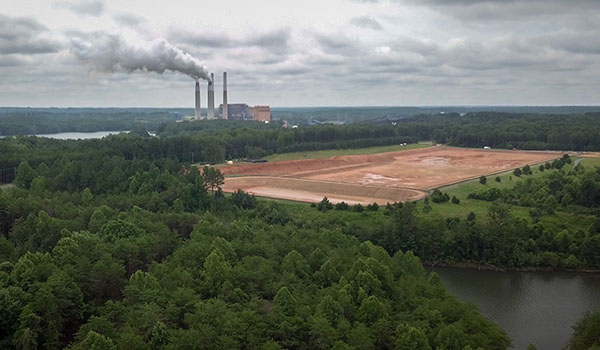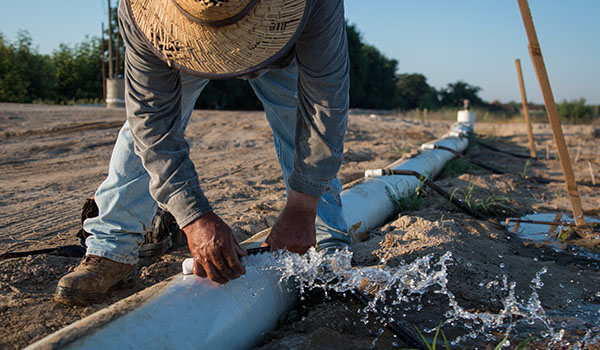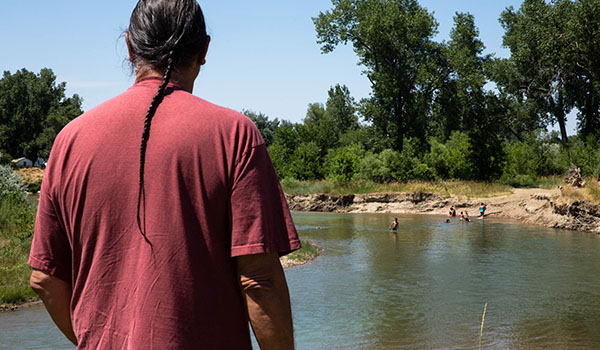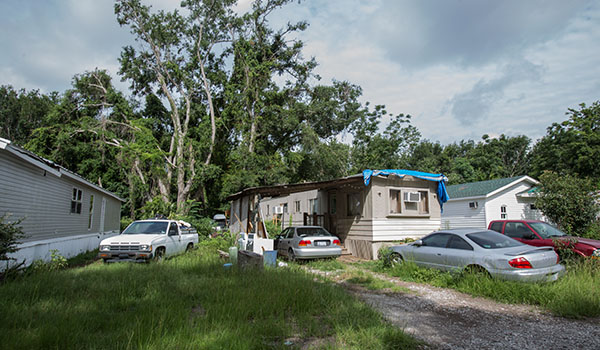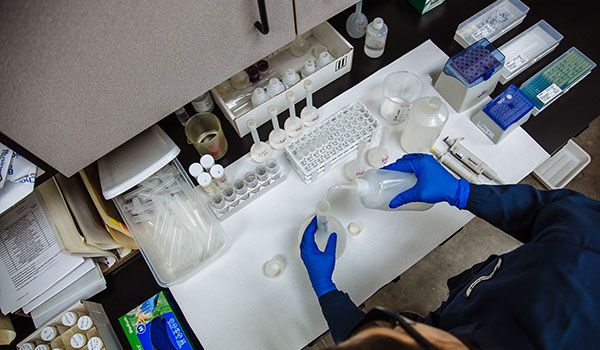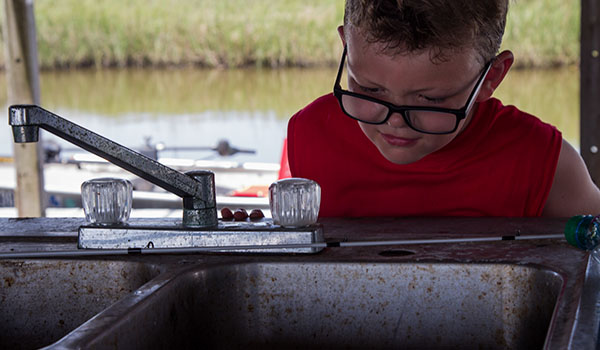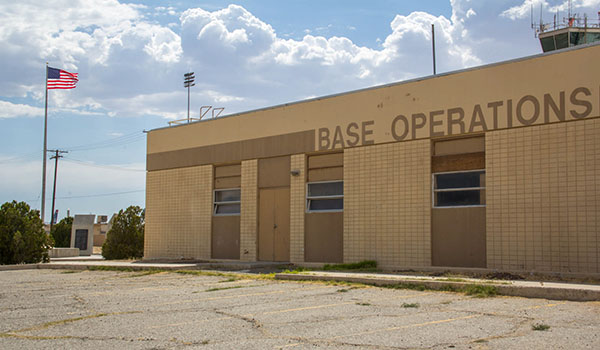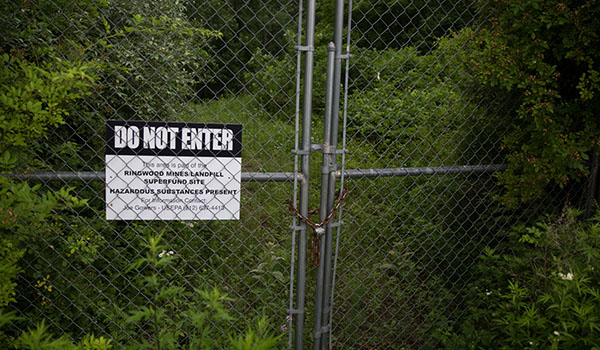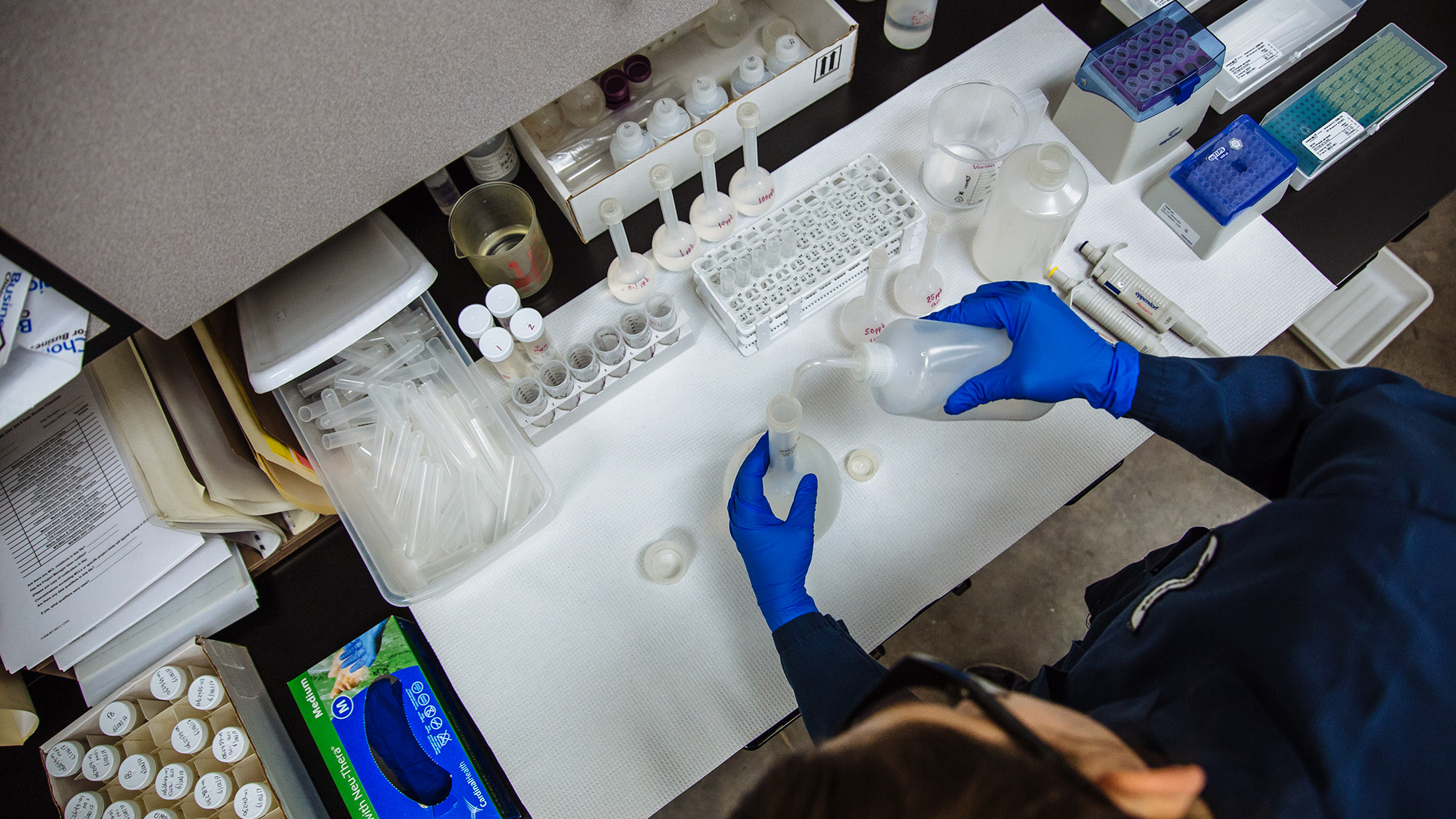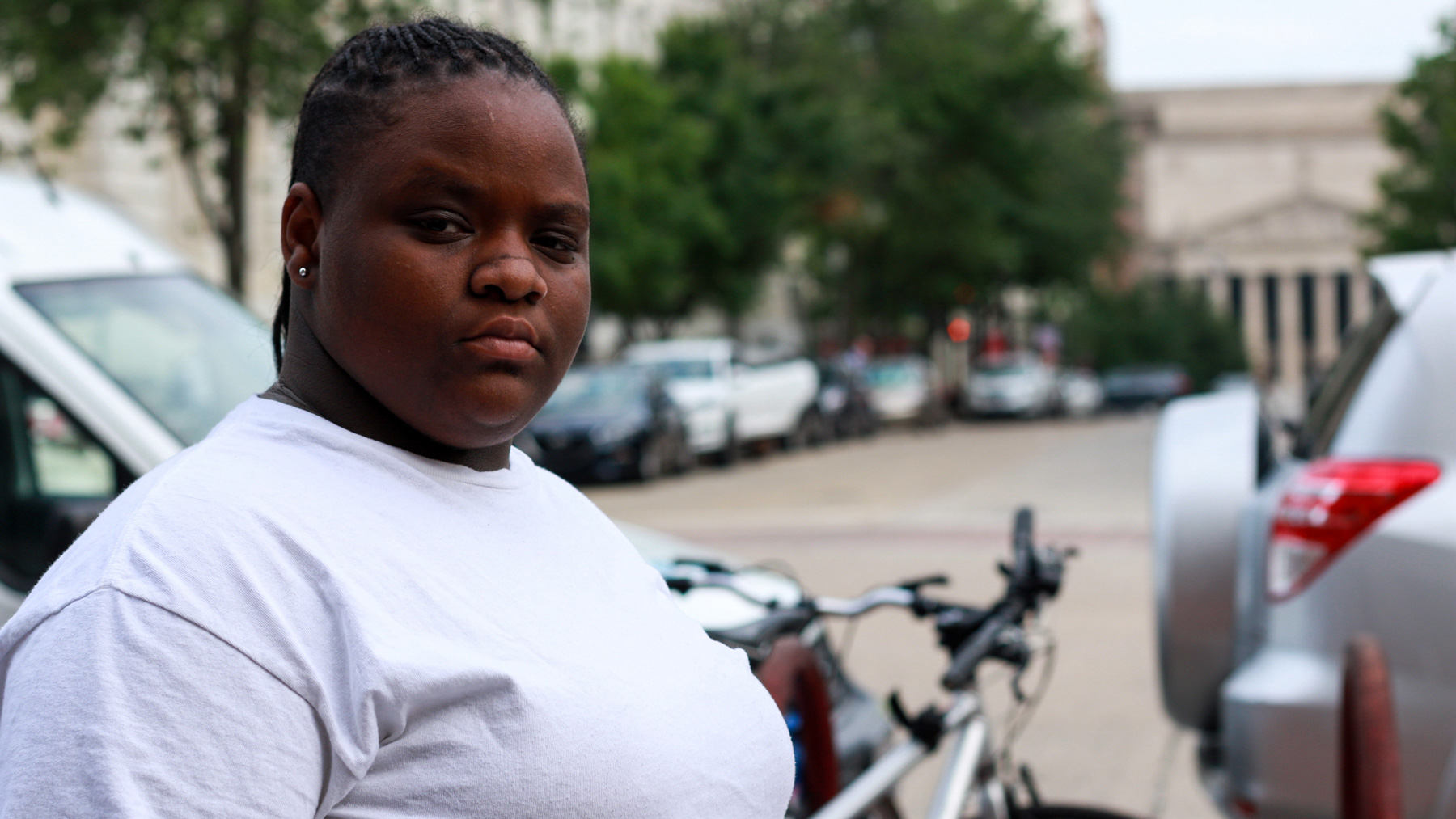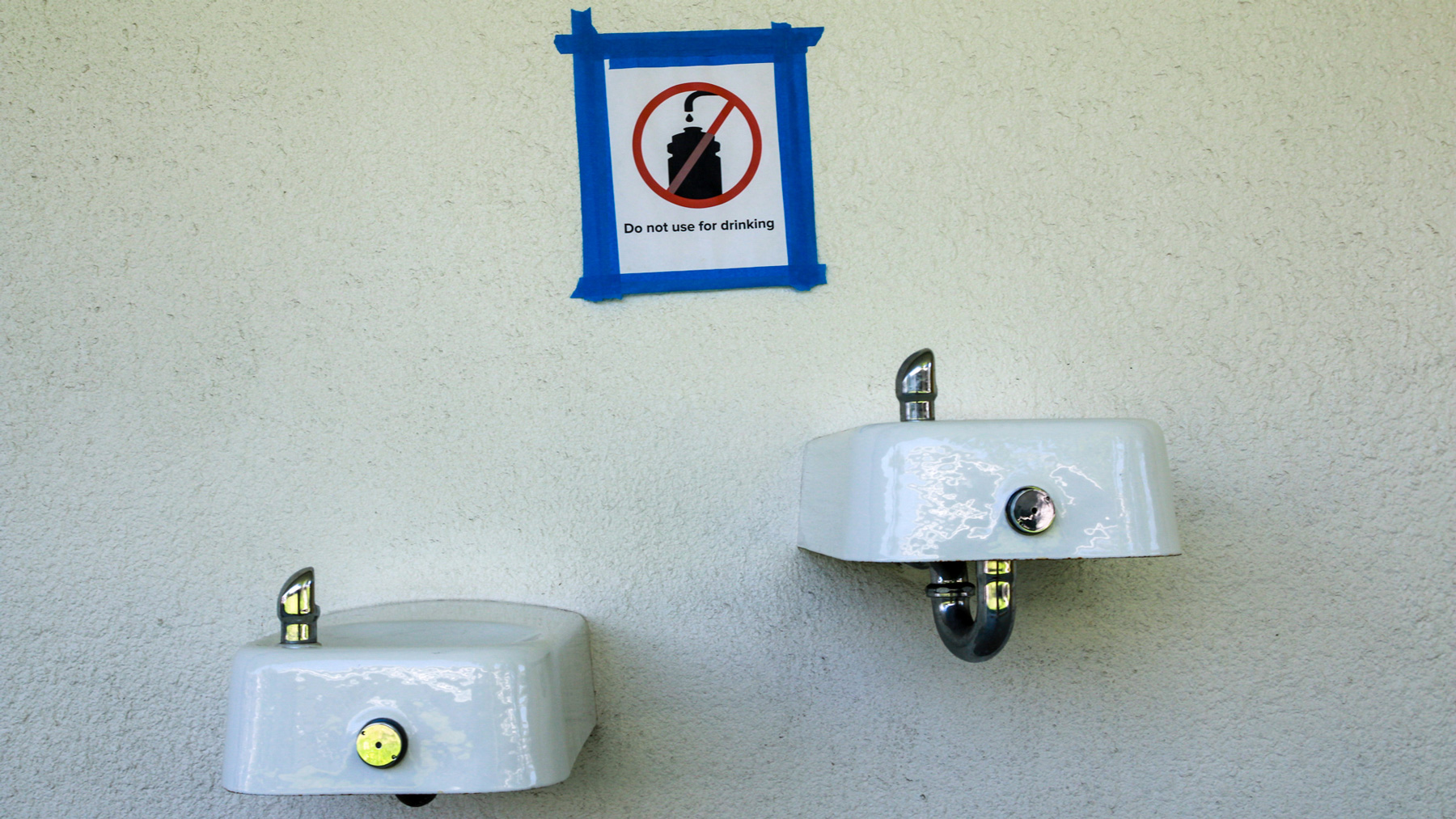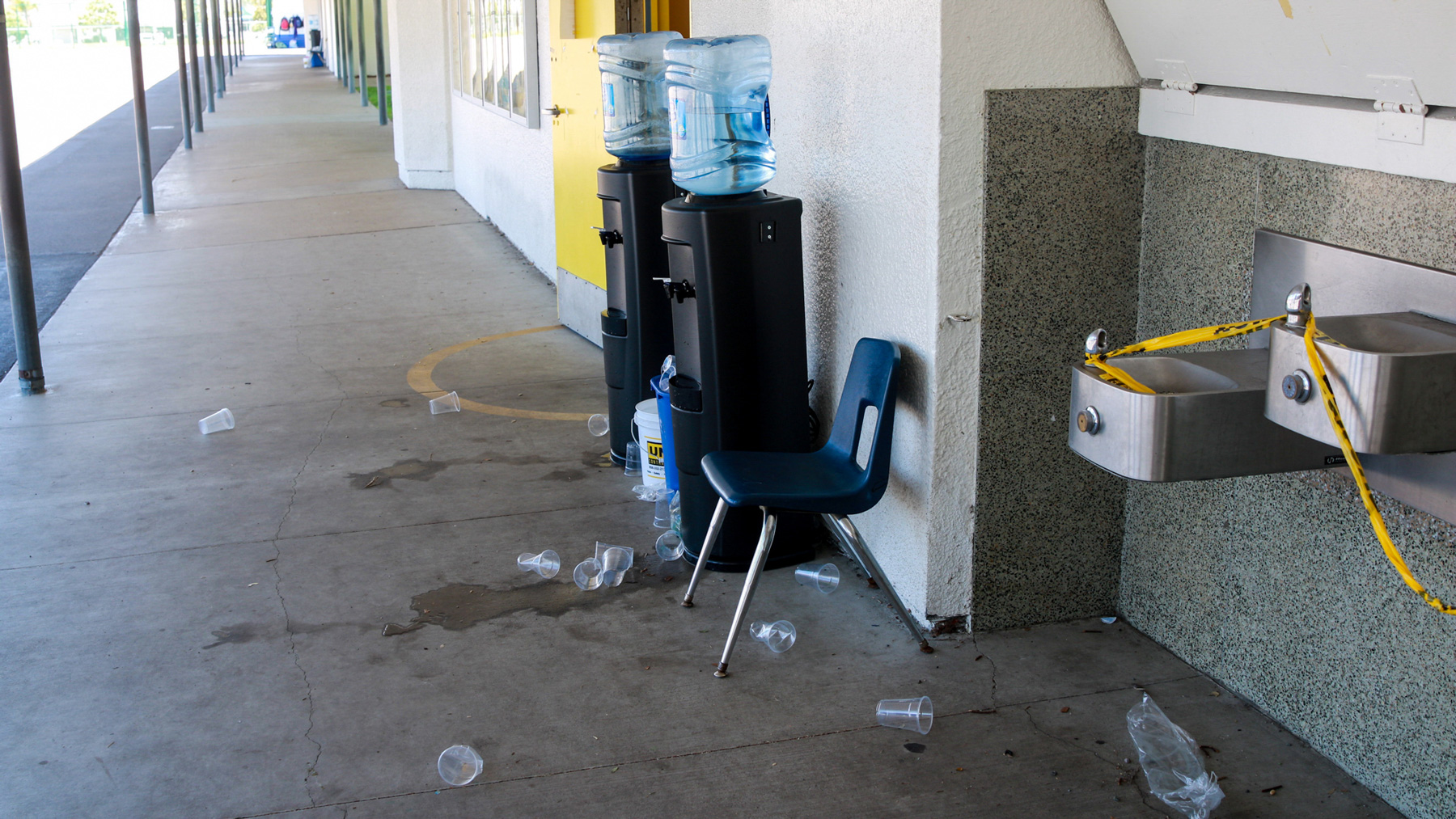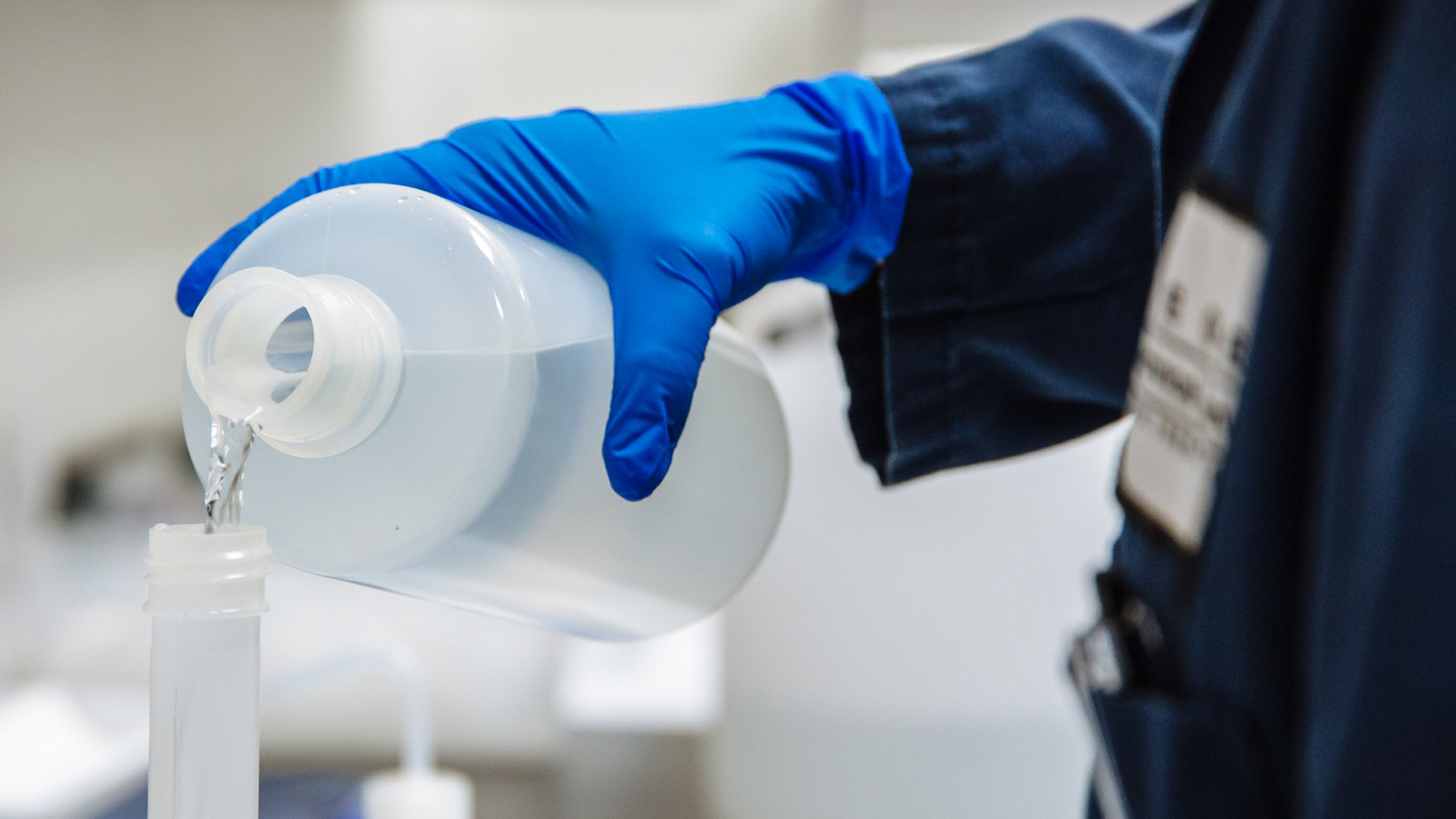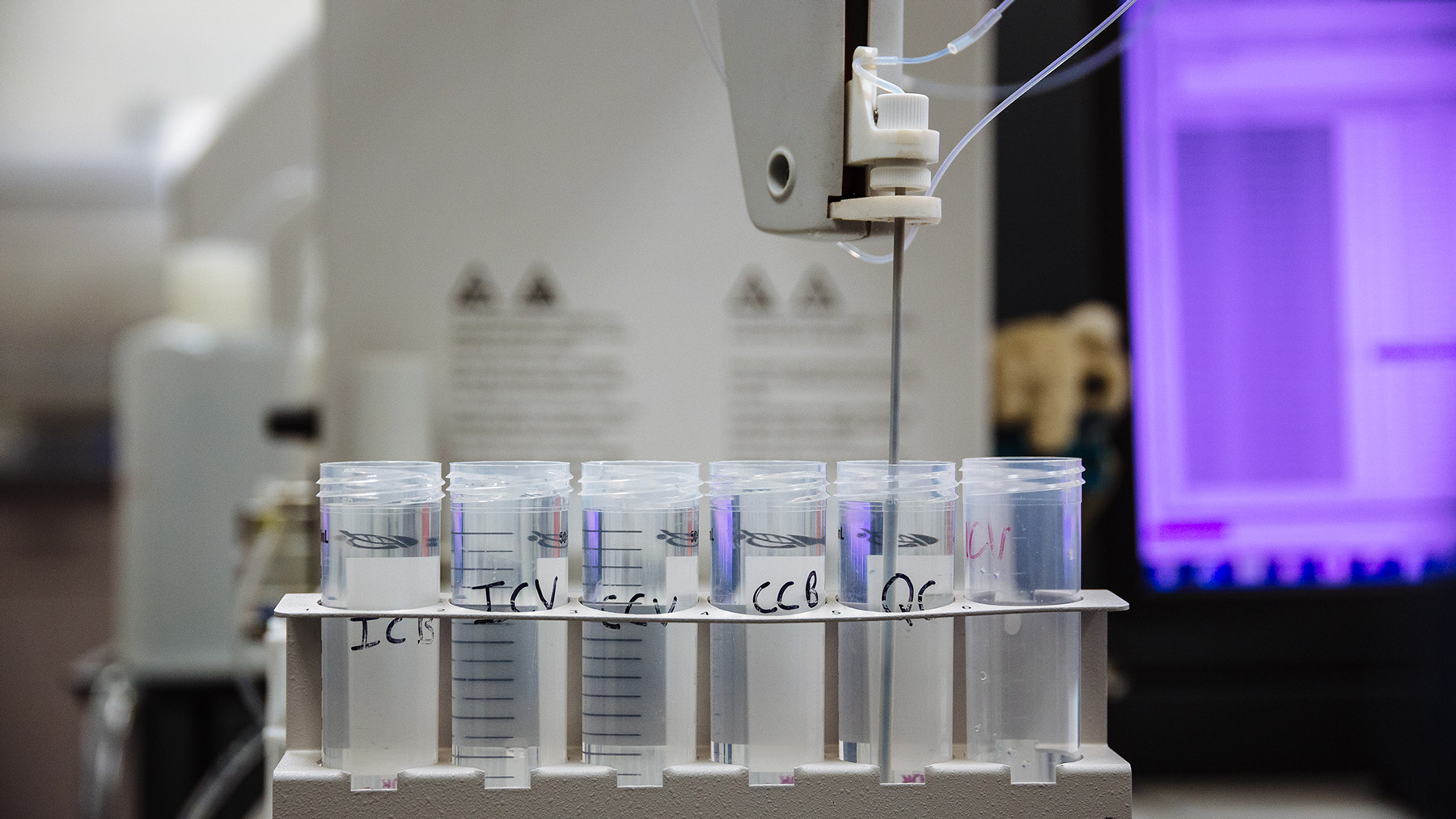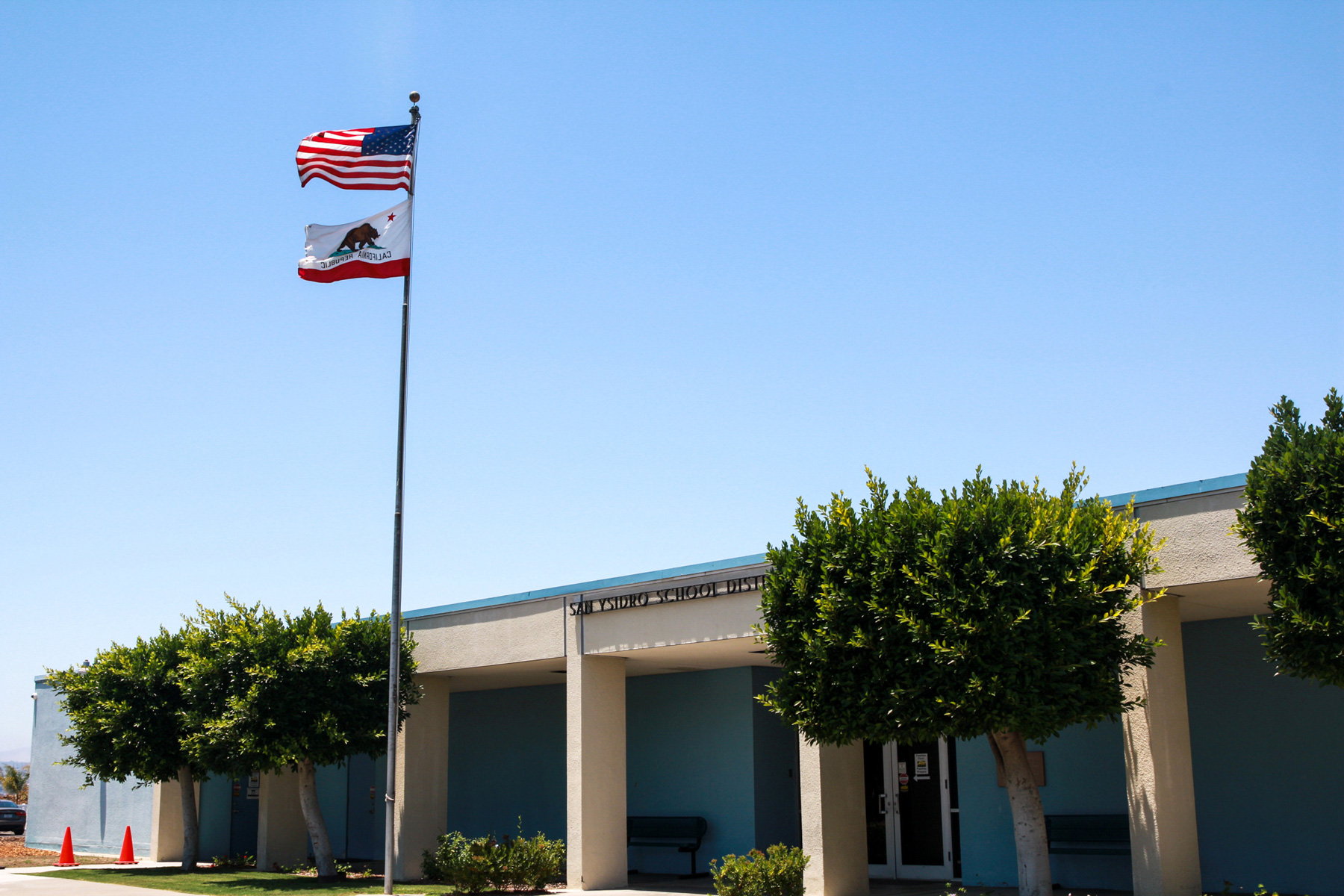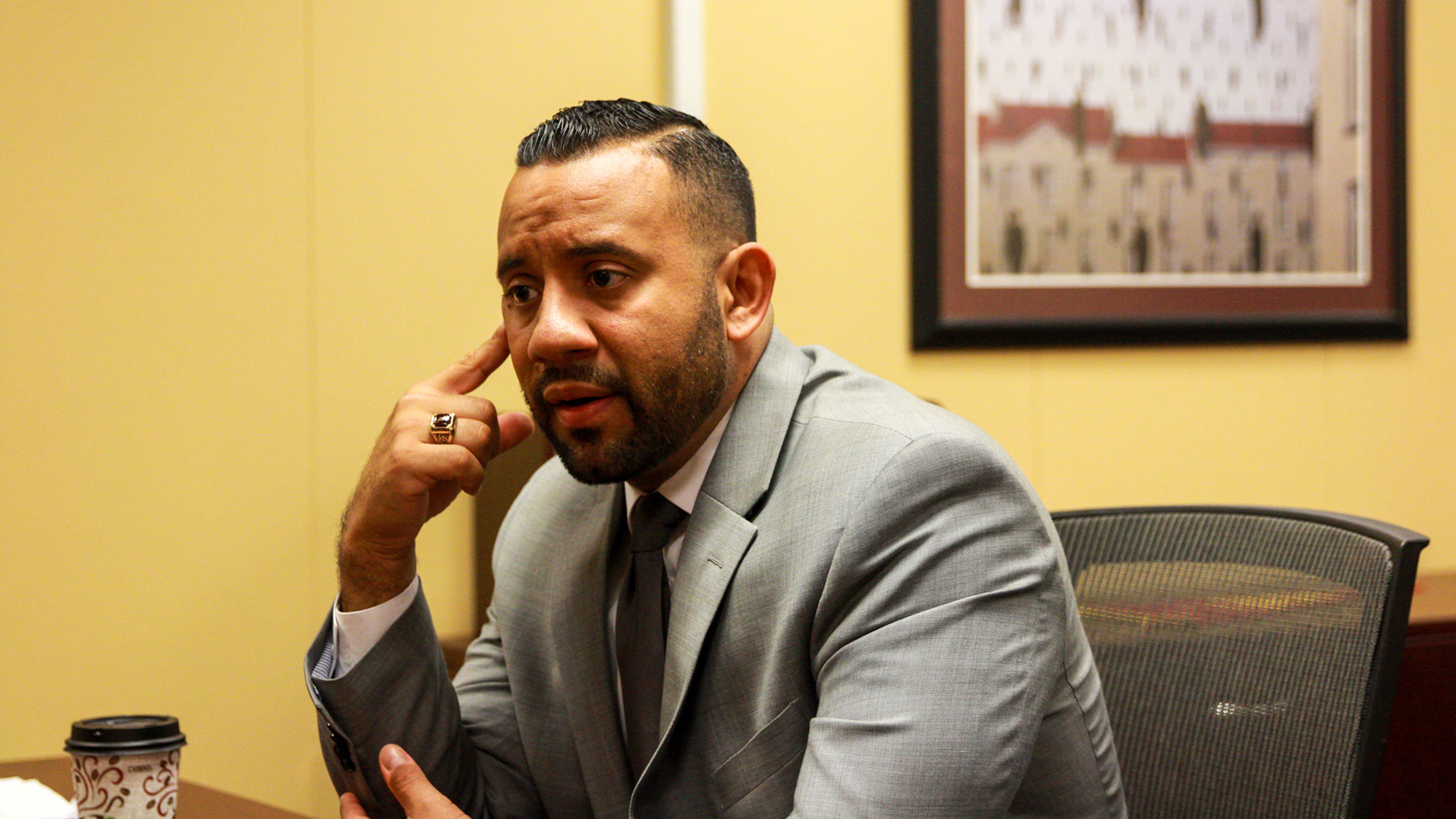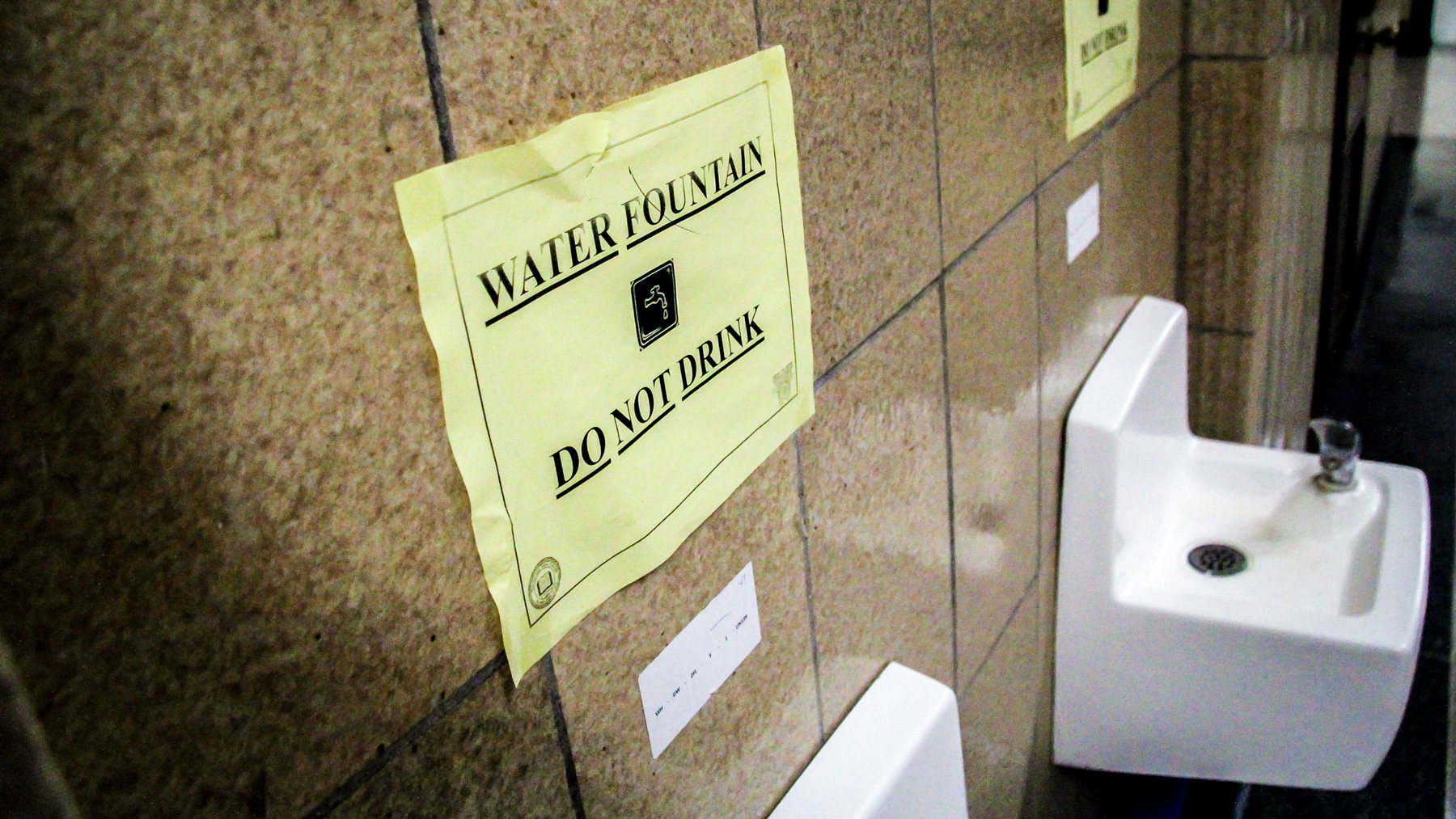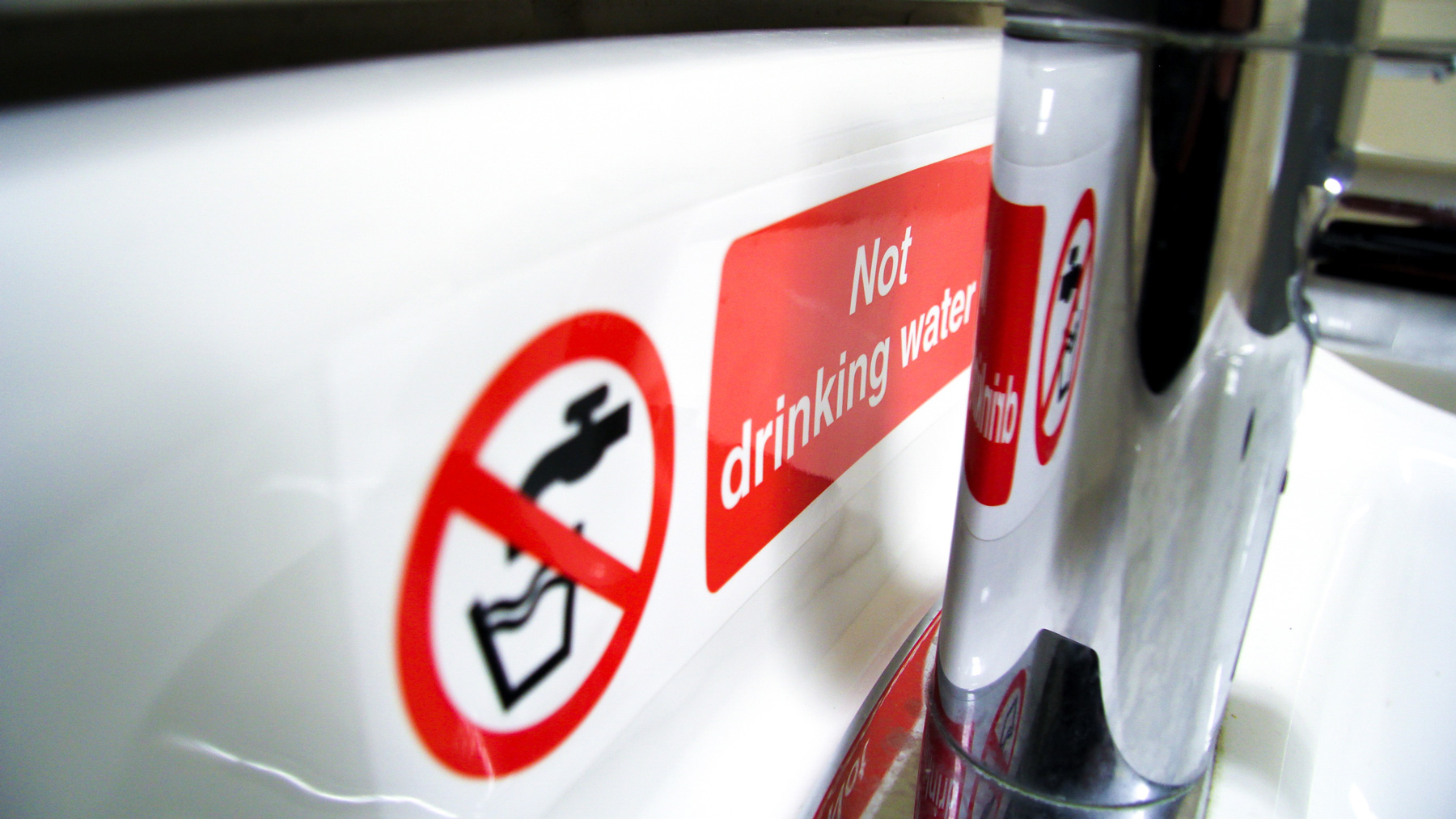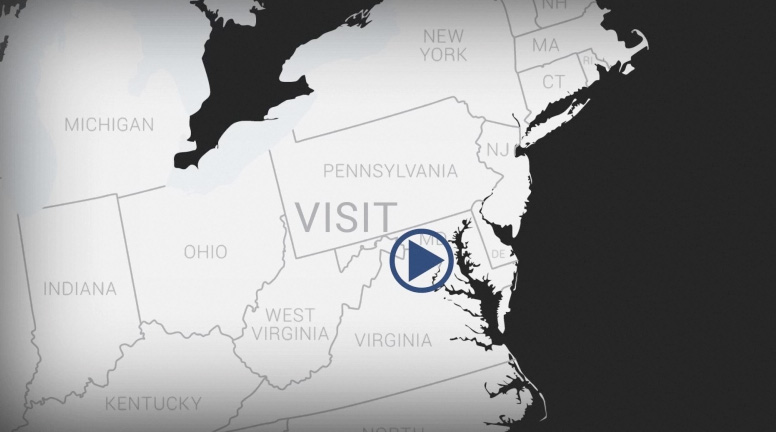Although the EPA recommends schools and child care facilities test for lead, the federal agency is only responsible for ensuring public water systems are lead-free before the water reaches schools’ pipes.
The result: Schools and child care facilities on public water systems are under no federal requirement to test their taps for lead. That means nearly 100,000 schools and half a million child care facilities aren’t regulated under the Safe Drinking Water Act, according to EPA data.
“We have ended up with a regulation that has given us the false sense of security that somebody out there is actually protecting us from lead in drinking water without having the small-print information that not only is that regulation absurdly inadequate, but it also doesn’t cover schools at all,” Lambrinidou said of the Safe Drinking Water Act.
Only six states – Illinois, Maryland, Minnesota, New Jersey, New York and Virginia – require schools to test for lead, according to a News21 analysis.
Water quality advocates say states may be reluctant to introduce mandatory testing because they feel they shouldn’t have to bear the financial burden of responsibility.
“It’s a game of passing the buck,” said Robert Bowcock, a water consultant to environmental advocate Erin Brockovich. “Schools want the districts to pay, districts want the state to pay, who in turn want someone else to pay.”
It’s unlikely federal legislation will change any time soon. Two Democratic senators – Tammy Duckworth of Illinois and Cory Booker of New Jersey – reintroduced legislation in June that would require schools nationwide to test for lead and would provide grants for schools to replace their outdated pipes. However, the Republican-controlled Congress has resisted efforts so far. Some Republican senators believe it sucks too much money from the federal budget.
“Over 100 years, we’ve put this dangerous neurotoxicant into our public water delivery systems and now someone’s going to have to pay to get it out, and nobody really wants to do it,” Rumpler said.
